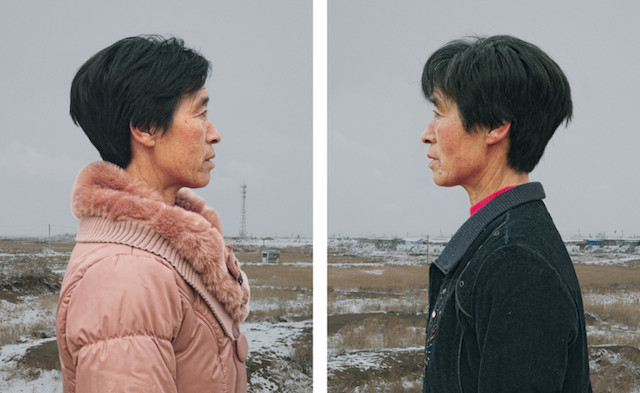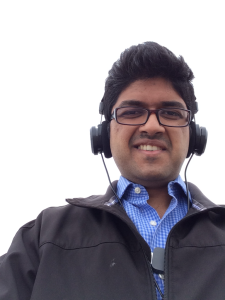Surreal photography with real animals
Last week, we took a look at how Christoph Rehage engaged in extensive lifelogging to visually journal his longest walk through China by foot. And this week, we found a Moscow-based Russian photographer, Katerina Plotnikova, who journeyed through the animal kingdom and took amazing and extremely surreal pictures of models interacting with real animals. Beautiful photographs like the one you see above were taken, made possible with the help of both animal trainers and her touch of enchantment. From animals of great strength like the bear to brightly-colored slithering snakes, Katerina manages to combine what seems like danger with elegant princesses, creating what can only be described as magical. What would you do to spice up your lifelogging process?
Read more: Russian Photographer Takes Stunning Portraits With REAL Animals and Photographer Gets Up Close and Personal With Dog Noses
Image credited to Katerina Plotnikova at Bored Panda
The evolution of identical twins

Katerina, in her photography project mentioned above, managed to bring together two beings that are seemingly unable to co-exist. Now what if two beings were born to co-exist in the same environment, were brought up separately, and then reunited to examine how the effects of the different environments had affected them? That’s exactly what Beijing-based photographer Gao Rongguo did. He decided to explore the intersection of science and fate, photographing a selection of identical twins over the age of fifty, and documenting how different or similar they looked over time. No doubt, identical twins are often indistinguishable when they are young. In fact, they have been studied extensively on the basis of debates if nature or nurture played a bigger role in affecting our lives and how we turned out since identical twins share the exact same genes, which means that differences between them must be due to the environment. Yet, as this photography project reveals, even identical twins can begin to look different from each other after being in different environments for an extended period of time. Interesting, isn’t it?
Read more: Stunning Photos Of Identical Twins As Grown-Ups Show How Fate Takes Its Course
Image credited to Gao Rongguo
The Pantone Project

When even identical twins can begin to look different from each other over time, how much more has mankind evolved to look drastically dissimilar? Photographs like the one you see above, are part of a project known as The Pantone Project, designed to create a dialogue around ethnic diversity. This had been initiated by Angélica Dass, a Madrid-based photographer, who began taking portraits of people and matching their skin tones to Pantone hues to show how wide-ranging the human spectrum really is. In her interview with Mashable, she mentioned that being the granddaughter of black and native Brazilians, and the daughter of a black father adopted by a white family, she is really a mixture of diverse pigments. To her, “Humanae is a pursuit for highlighting our true colors, rather than the untrue and clichéd red and yellow, black and white.” Her 2000 over portraits have already generated much discussion, including being used in educational textbooks, as a tool for teachers to talk about equality, by scientists to illustrate research in optical physiology, and also helping children to identify themselves as unique.
Read more: ‘We Are Just Humans’: Portrait Project Highlights Ethnic Diversity
Image credited to Angélica Dass
Amazing time-lapse videos
Speaking so much about how animals and human beings have been photographed, one thing that definitely cannot be neglected is the beauty of mother nature that they’re ever so interconnected with. Here’s an amazing time-lapse video captured by Videographer Matt Johnson in Dallas. Although it is commonly said that lightning never strikes twice in the same place, Matt’s clever techniques made it look like the skies were beaming with lightning bolts continuously at the same location. Whether it did or not, this time-lapse video of what is known as a “dry convective thunderstorm” (since rain never fell) is definitely worth a watch. Happy weekend everybody!
Watch more: This time lapse of fireflies is art in motion and This timelapse video of Dubai is unreal
Video credited to Matt Johnson @ WhoIsMatt.com
If you enjoyed this post, you can also subscribe to our monthly newsletter!


